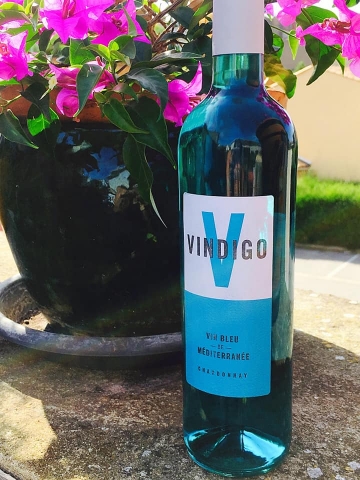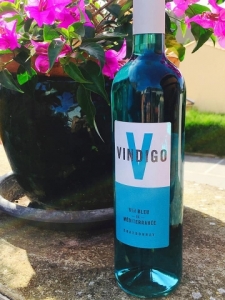Blue Wine to Revolutionize Wine Codes
Two years ago, the Gïk Blue Spanish company shook up the traditional wine industry by selling a blue wine. This wine is mostly natural, combining red and white grapes. The producers use organic pigments to give it a blue color: anthocyanin, a pigment found on grape skin, and indigo dye. Our eyes get lost by the color while our mouth discovers a light and sweet wine, not too alcoholic (11.5%).
At the beginning, the creators knew nothing about the wine industry, therefore they worked with chemical engineers at the University of Basque Country to find the best recipe: the recipe for success. It was more likely a game for them, “Gïk was born for fun, to shake things up and see what would happen,” said one of the creators. “We wanted to innovate and start a little revolution... and the wine industry looked like the perfect place to start,” he added.
Now, they are selling it in more than 25 countries. It is very popular in the USA and costs $9. For some, it is a curiosity to drink (or to share on Instagram), but for others, it is nothing if not a heretical invention, all the more countries whose wine tradition is strong.
As a result of this success (and because, the Gïk blue wine was removed from French supermarkets due to the pigments), others tried to “reinvent the invention”. That is the case of René Le Bail in France, who a few days ago launched a 100% natural blue wine, i.e. without pigments. The wine is called Vindigo and is made of Chardonnay grapes. The color comes from the filtering they go through the pulp of the grape. "The wine tastes fruity, reminding one of cherry, blackberry and passion fruit," said Le Bail. A bottle of Vindigo costs $14.
Spain and France, historical wine-producing countries, have already discovered the blue wine revolution, but not yet Georgia.
By Antoine Dewaest
Photo: Vindigo Facebook











